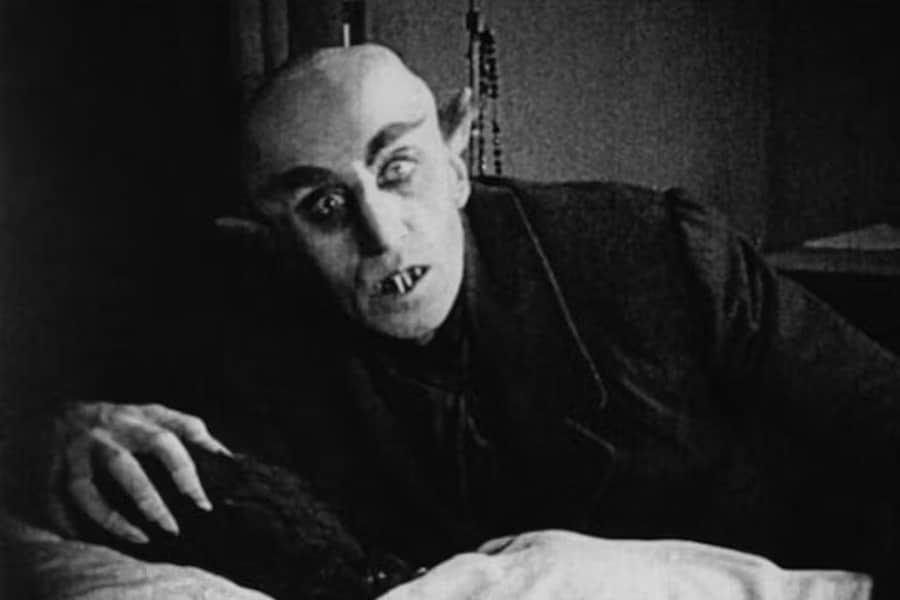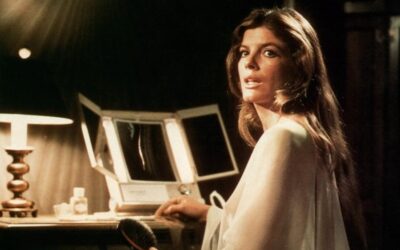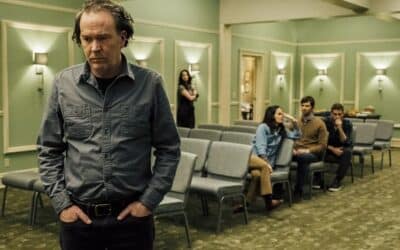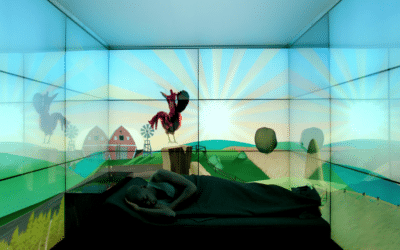
1920s Horror
Dark alleys, foggy streets, and the unmistakable chill of suspense – welcome to the eerie world of 1920s horror. This decade, often overshadowed by the glamour of flappers and jazz, was a defining era for horror in literature and film. It was a time when the genre took a leap into the realms of psychological terror and gothic mysteries, leaving an indelible mark on the pages of history and the silver screen.
H.P. Lovecraft, a name synonymous with cosmic horror and existential dread, emerged as a pivotal figure in this era. His works, such as “The Call of Cthulhu” (1928), challenged the conventional boundaries of horror. Lovecraft’s stories didn’t just scare; they unraveled the mind, introducing readers to a universe of ancient gods and unspeakable truths. The eerie atmosphere and complex mythology created by Lovecraft continue to influence writers and filmmakers, manifesting in various adaptations and homages.
On the cinematic front, the 1920s witnessed the birth of iconic horror figures. “Nosferatu” (1922), an unauthorized adaptation of Bram Stoker’s “Dracula,” stands as a seminal work of the horror film genre. Directed by F.W. Murnau, this silent masterpiece introduced Count Orlok, a character whose haunting presence and nightmarish imagery set a high bar for future horror villains. The film’s expressionist style, with its exaggerated sets and shadow play, created a surreal and unsettling atmosphere that remains effective to this day.
Another notable figure of 1920s horror literature is Algernon Blackwood. His story “The Willows” (1907), though technically predating the 1920s, profoundly influenced the horror genre during this period. Blackwood’s knack for creating a sense of profound unease and his exploration of the supernatural in nature made his works chilling reads. His influence can be seen in the works of later horror authors who sought to blend the natural with the supernatural in disturbing ways.
Film adaptations of horror novels also gained traction during this period. “The Phantom of the Opera” (1925), based on Gaston Leroux’s 1910 novel, became a landmark in horror cinema. The film’s iconic scene of unmasking the Phantom’s disfigured face was a shock to audiences of the time and has been etched in the annals of horror cinema.
Moving across the pond, British horror also made significant contributions. M.R. James, though primarily active in the earlier years of the 20th century, continued to influence the horror genre in the 1920s. His ghost stories, often set in academic settings and involving antiquarian themes, were marked by subtle horror and unsettling atmospheres. James’s stories have been adapted numerous times, proving the enduring appeal of his brand of psychological and atmospheric horror.
In summary, the 1920s was a decade of transformation and innovation in horror. From Lovecraft’s cosmic terrors to the eerie silents of Nosferatu, the era expanded the horizons of what horror could be. It laid the foundations for the psychological horror and gothic elements prevalent in today’s horror literature and films. As the shadows of the 1920s stretch into modern times, they remind us that true horror lies not just in ghouls and monsters, but in the unknown lurking at the edges of reality and the depths of the human psyche.
More Horror Features
1970s Horror
The 1970s may be gone, but the fear they inspired remains
Horror Through the Ages
A Journey Through Time and Terror
Technology in Horror
When gadgets become nightmares



